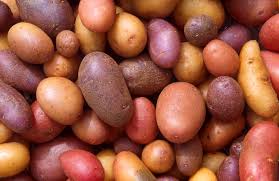Our final field trip with the AP Bio 2018 team was to visit the anatomy and physiology department at the local junior college. The department actually receives cadavers from a university in San Francisco. We were told that to respect the deceased we could not take pictures and that people actually donate their body to science. We were only there for around an hour which we packed a lot of information in that time. We split into groups and rotated through stations. The first station I went to was to see the cadaver. I was surprised at how the human body looked like after being preserved in chemicals. In previous science classes I have dissected fetal pigs, frogs, rats, and a cow’s eye so I was familiar with the smell of the preservative and seeing the organs of something that was living at one point. However, I did not know that the nails of a deceased person still grow after they have died. Next we saw the three different types of muscles (skeletal, cardiac, and smooth muscle tissue) under a microscope and learned about the organs in our body. Lastly, our group saw the brain of the cadaver in the very first station. I did not want to hold the brain because frankly I thought it’s weird and a little creepy, but from what my group members said, the brain was heavier than what they expected and very dense. I surprisingly enjoyed this field trip because I do not think I would have had another opportunity to see a cadaver. So for future AP Bio students, if you every get this opportunity, take it!
Below are pictures relevant to our field trip!


















